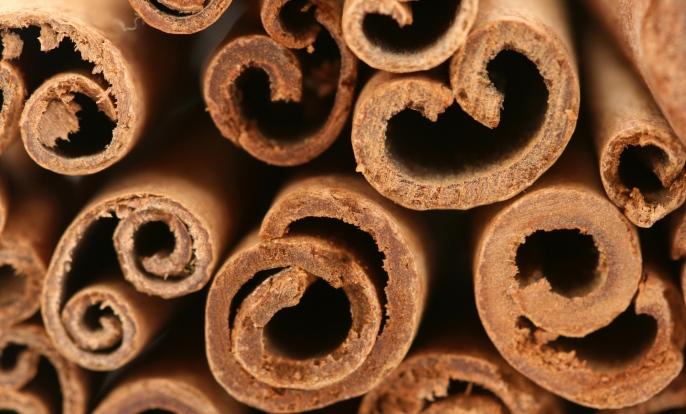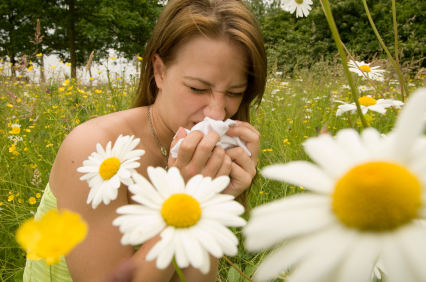
by admin | Aug 1, 2012 | Childrens Health
Background: Autism is a condition characterized by difficulties with social interaction, problems with verbal and nonverbal communication, and repetitive behaviors or narrow, obsessive interests that usually become apparent before a child is three years old. Autism...

by admin | Jul 26, 2012 | Diabetes
Cinnamon is one of the oldest known spices. It was mentioned in the Bible and was used in ancient Egypt not only as a beverage flavoring and medicine, but also as an embalming agent. Cinnamon was so highly treasured that it was considered more precious than gold....

by admin | Jul 25, 2012 | Natural Facts, Newsletter thru 2013
Background: Airborne allergens, such as pollen, dander, and dust mites, can lead to hayfever and asthma symptoms. There is some evidence that probiotics may be helpful in preventing and treating these allergic conditions. Specifically, studies have shown that giving...

by admin | Jul 25, 2012 | Natural Facts, Newsletter thru 2013
In an election year, healthcare practices and policies are top of mind. How does natural medicine fit into the mix? The answer is in embracing wellness-oriented medicine. Wellness-oriented medicine provides a practical solution to escalating healthcare costs and poor...
by admin | Jul 23, 2012 | Supplements, Treatments and Research
Five to Thrive Live 5/23: Karolyn Gazella interviews Dr. Michael Murray about stress and cancer with an emphasis on natural stress relievers. Listen to the interview with Dr. Murray [ca_audio...







